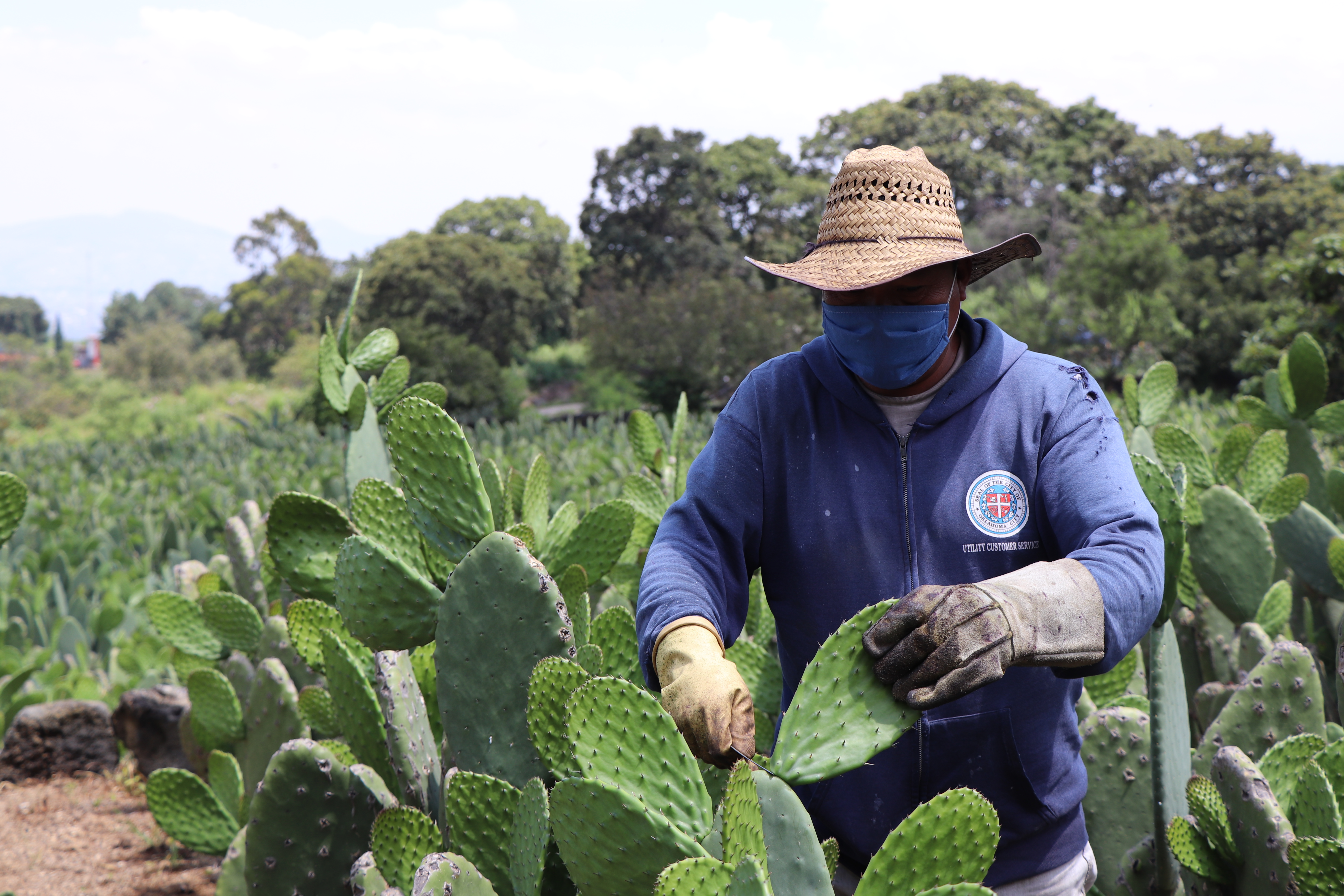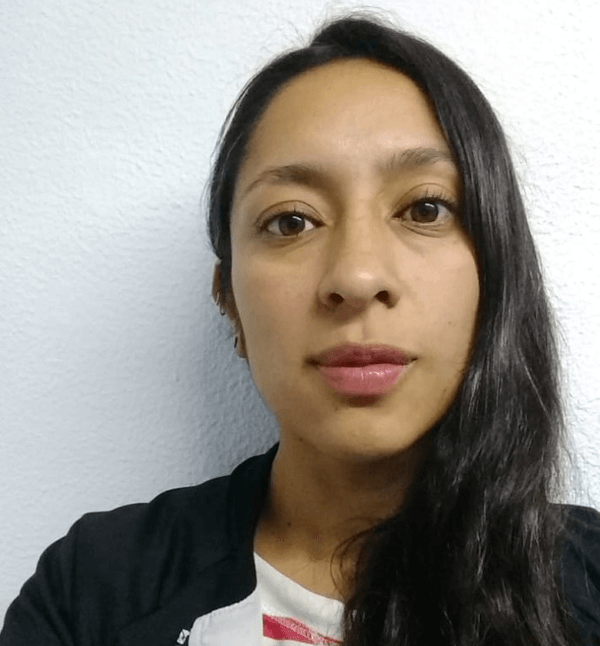 Amaranth - © Gobierno de la Ciudad de México
Amaranth - © Gobierno de la Ciudad de México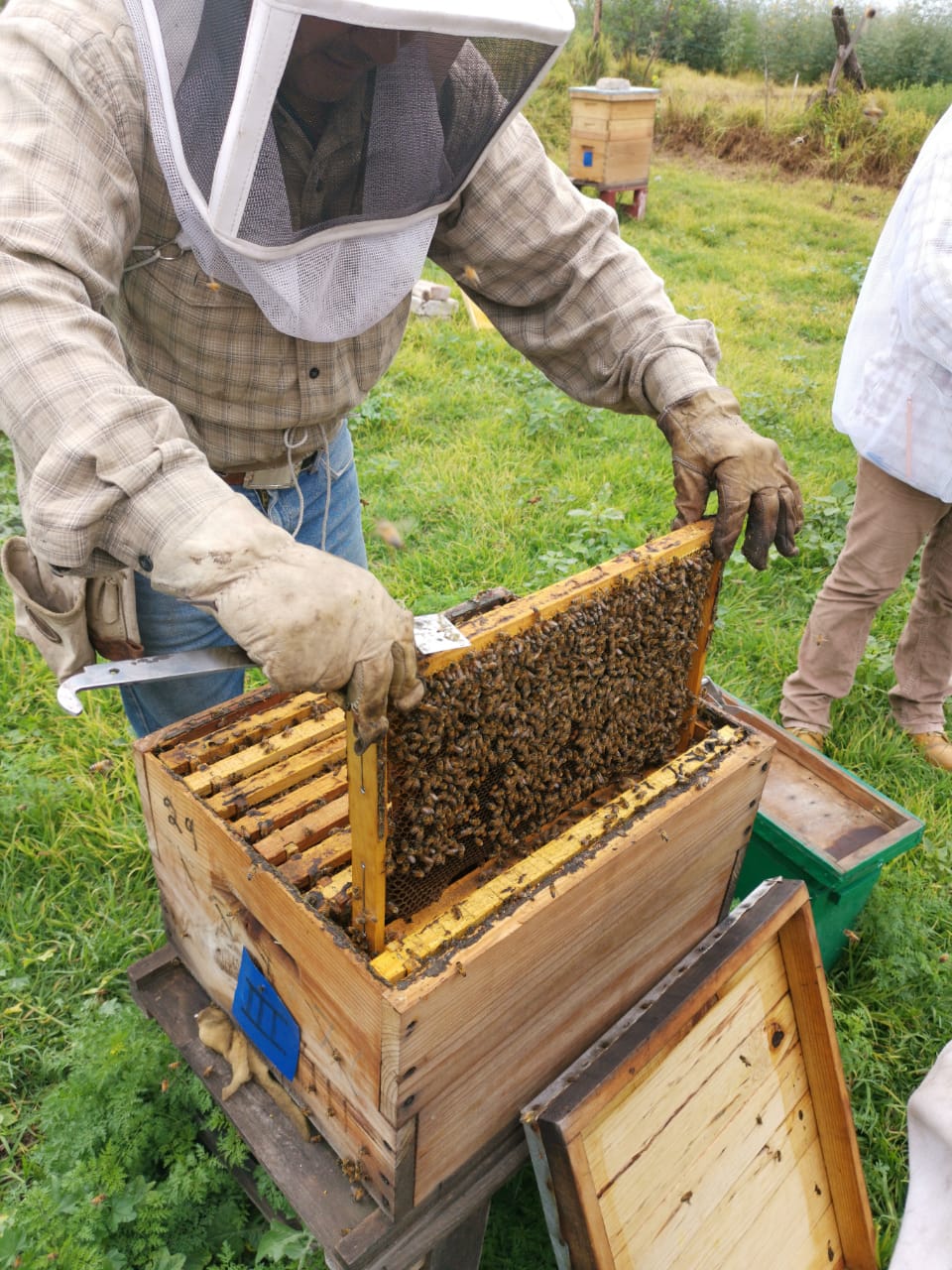 Beekeeping - © Gobierno de la Ciudad de México
Beekeeping - © Gobierno de la Ciudad de México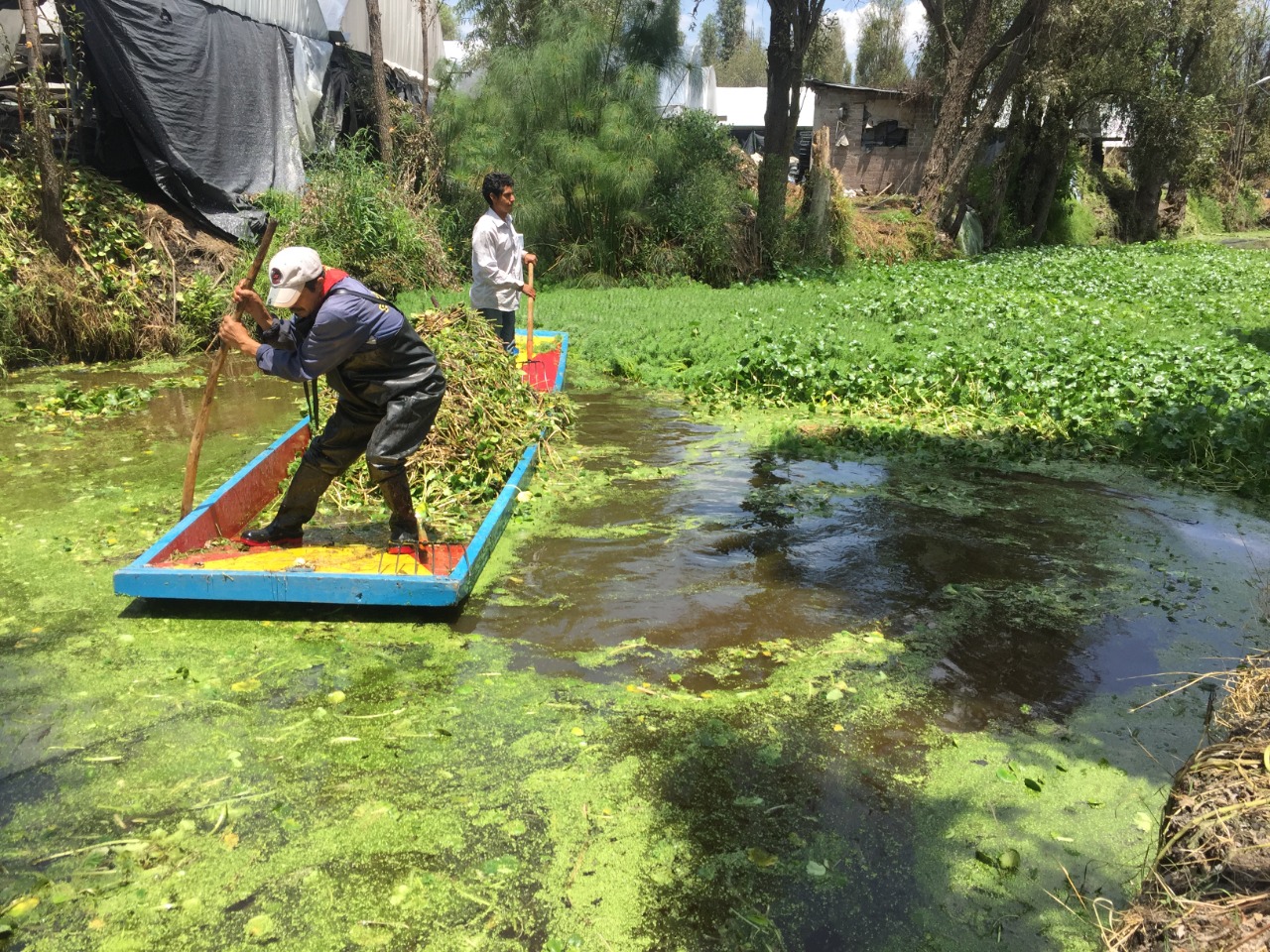 Cleaning with water - © Gobierno de la Ciudad de México
Cleaning with water - © Gobierno de la Ciudad de México- - © Gobierno de la Ciudad de México
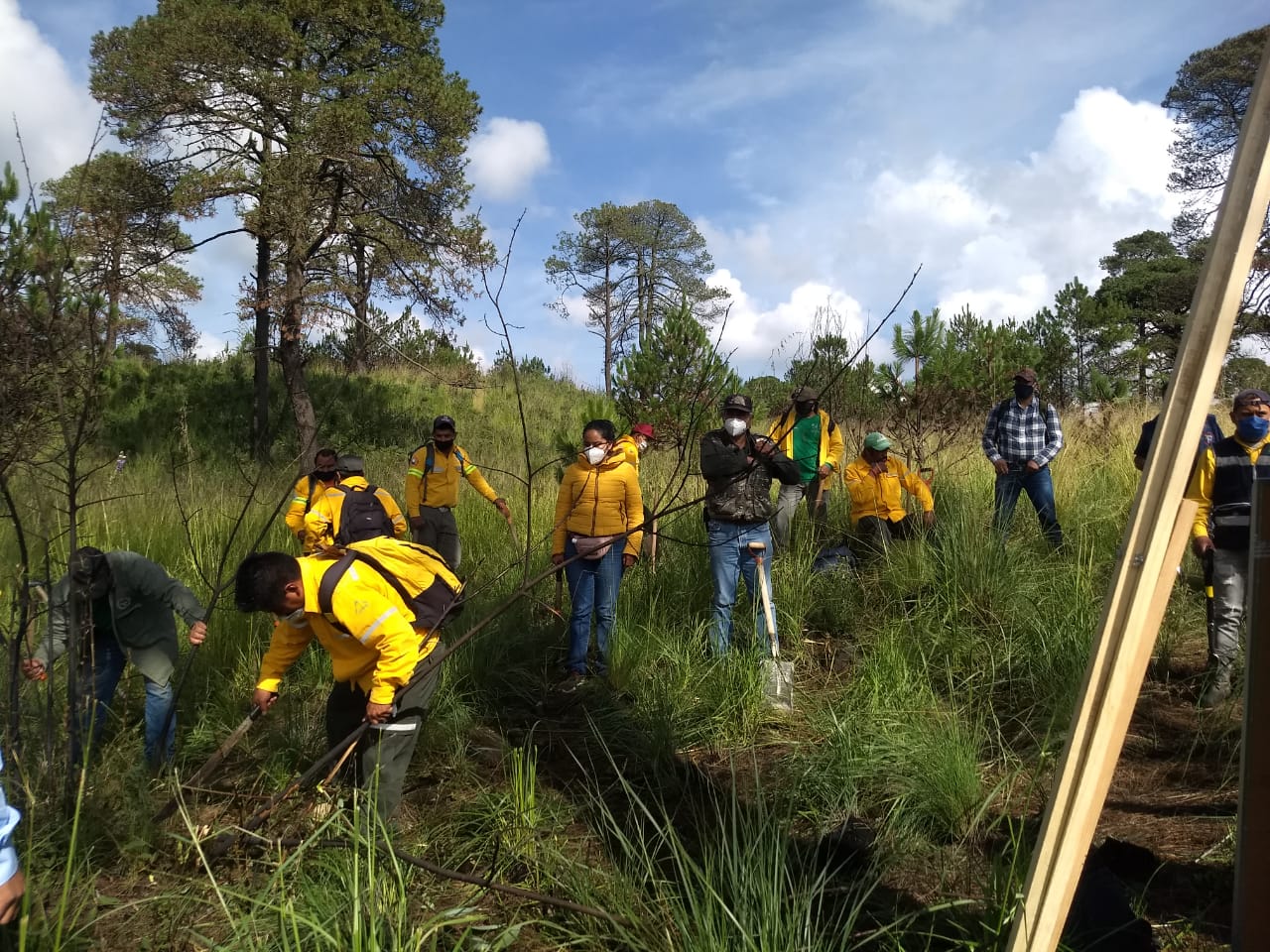 Reforestation - © Gobierno de la Ciudad de México
Reforestation - © Gobierno de la Ciudad de México
City
Mexico City
Main actors
City Government, Community / Citizen Group
Project area
other
Duration
Ongoing since 2019
Altépetl is a social program to support activities aimed at preserving and restoring the ecosystems and agro-ecosystems in Mexico City.
The Altépetl program is focused on the conservation of agro-ecological practices and biocultural heritage in rural areas of Mexico City.
Direct monetary subsidies are granted to people who carry out activities of conservation, the sustainable use of natural resources and the protection of cultural heritage in ejidos, communities and private property.
With the Altépetl program, brigade members and technicians are supported to carry out forest sanitation, surveillance, environmental protection and other forest management activities. Subsidies are also given to owners and stakeholders to encourage agro-ecological production, the commercialization of products in local markets, as well as initiatives that strengthen community management activities. The program also offers technical assistance to beneficiaries through training courses with technical facilitators and activities for the reconstruction of the social fabric.
Mexico is one of the five countries with the highest biological richness in the world. Mexico City represents only 0.01% of the national territory, however it holds approximately 12 % of the country's biodiversity and 2% of the world's biodiversity.
The conservation land of Mexico City comprises 59% (87 297.1 ha) of the entity´s territory, with natural ecosystems such as pine forests, semi-arid vegetation, grasslands and wetlands; with a great diversity of plants, fungi and fauna. In addition, it has significant biocultural values, being one of the main producers of different varieties of corn, squashes, chili, amaranth and beans. Despite the existence of a vast legal framework for the protection of biodiversity, new instruments are needed to promote activities for the conservation and sustainable use of such natural resources, with the active participation of landowners and other sectors.
The program is made up of four components to meet social and environmental goals:
- Bienestar para el bosque (Well-being for the forest): Direct monetary subsidies to brigade members, brigade chiefs, technical assistants, agrarian communities and environmental projects for the protection, restoration and conservation of forest areas; promoting surveillance and monitoring activities, among others.
Goals:
- Protect, conserve and restore the areas with legal protection in the ejidos and communities of the conservation land.
- Protect, conserve and restore the natural resources of the conservation land.
- Prevent and fight forest fires.
- Sembrando Vida (sowing Life): Subsidies to owners or possessors of productive units in conservation land, so that producers can obtain additional economic income in the short and medium term. It seeks to contribute to social and gender welfare and equity as well as to promote the creation of agroforestry, agrosilvopastoral and silvopastoral systems. It also encourages agricultural production of wetlands and beekeeping in the city;
Goals:
- Achieve a fair remuneration above the line of social welfare for the owners and possessors of productive units in the conservation land.
- Promote the creation of agroforestry, silvopastoral or agrosilvopastoral systems.
- Promote the creation of sustainable production systems.
- Bienestar para el campo (Well-being for the countryside): provides support to agricultural producers and projects to strengthen community rural activities, it promotes agro-ecological production, sustainable livestock, sustainable use of biodiversity, and commercialization of products. In addition, it strengthens community organization and cooperation for the diversification of income beyond agricultural activities.
Goals:
- Promote and conserve agricultural and livestock activities in the conservation land.
- Strengthen community rural activities on conservation land.
- Contribute to the concurrence of resources.
- Facilitadores del cambio (Change facilitators): by providing financial aid to professionals, the change facilitators provide technical assistance to applicants and beneficiaries of the components Sembrando Vida and Bienestar para el Campo.
Goals:
- Promote extensive agroecological production (agroforestry, forestry, agroforestry), intensive agriculture, and beekeeping.
- Promote animal health, conservation of native crops, wildlife management, rural tourism, establishing Communities of Integration and Knowledge (COIS) for specialized care and continuous advice to rural soil producers of conservation of Mexico City.
As of 2019, the Government of Mexico City, through the Ministry of the Environment (SEDEMA) and the Public Environmental Fund (FAP), provides an annual investment of 1,000 million pesos for the Altépetl program.
From the beginning of the program in 2019 to November 20, 2020, 23,618 grants have been approved for the conservation, protection and restoration of the natural resources of the conservation land.
7,213 grants were given to brigade members, brigade chiefs, technicians forestry, agrarian communities and investment programs, with which conservation, protection and maintenance actions have been carried out in forest areas;
15,418 grants provided aid to owners, holders of productive units and agricultural producers for the promotion of primary sector, technological innovation, transformation and commercialization of different agricultural products, as well as the promotion of short chain agri-food markets;
348 are grants to extension agents and change facilitators who provide support to applicants and beneficiaries of the program; while 639 are grants to operational technicians who assist in the administrative and operational activities of the program.
Altogether, it has been possible to improve the environmental conditions of the conservation land, as well as to improve the quality of life of the citizens of Mexico City.
At the beginning of 2020, the FAO (Food and Agriculture Organization of the United Nations) carried out an evaluation of the program, highlighting that there are areas of opportunity in the definition and measurement of the indicators in the matrix of results, to ensure continuous training for the work teams; and concludes that: “… the Program complies the local guidelines for social programs…”, and that the program beneficiaries perception to it is positive.
The first year (2019) of the program's operation had challenges and lessons were learned, including the strategies to meet objectives on time. Altepetl operates differently from previous programs for the rural sector, by providing direct subsidy to rural producers; providing permanent technical follow-up and communication with applicants and beneficiaries, to resolve their concerns and train them on sustainable production issues. Another challenge was the integration of an honest, responsible and committed work team for a proper implementation schedule.
In 2020, due to COVID-19, it was necessary to adapt the procedures of the program, as well as changing the approach of the strategy and collection of documents for management and administrative procedures.
Although the program has faced various challenges, its operation has been successful, meeting the goals established in the 2019 Annual Operating Program.
The experiences of the past year made it possible to implement new strategies that facilitate more effective and efficient communication with the social actors involved, which is important for the professional operation of the program.
Among the success factors of the program is the direct contact with the target population, which has made it possible to understand their needs and the problems that exist in the conservation land. This will help to improve the design and implementation of the program in future years.
Ciudad de México
External links / documents
On Map
The Map will be displayed after accepting cookie policy
